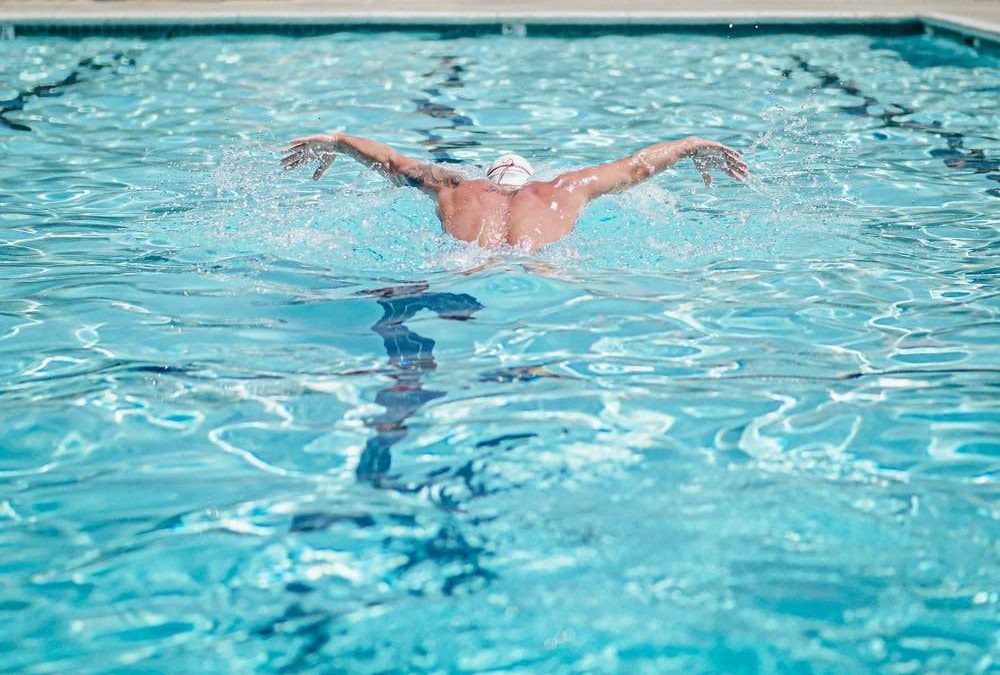A Guide On How to Swim Butterfly Stroke!
The butterfly stroke or butterfly technique can be the most complex stroke in swimming, usually known as flight. Although it is the second-fastest stroke by skillful athletes, it requires precise techniques and strength.
It takes time to learn, but if you have it right, it becomes a rewarding, respected, and visually appealing sport used today by competitors. In addition, a competitive swimmer must possess strong butterfly stroke skills.
This technique is celebrated by many but mastered only by solitary swimmers. Michael Phelps was among the most outstanding swimmers and earned 28 Olympians. But, for the majority, we’ll have to struggle to remain above water while moving slowly.
What does the Butterfly Stroke mean?
It is the primary swimming technique. The challenging aspect of this unique stroke requires rehearsed structure and wellness.
Swimmers use the butterfly stroke while face-down, arms moving in a straight line on both sides uniformly while start kicking their feet together, it is known as a “butterfly kick.”
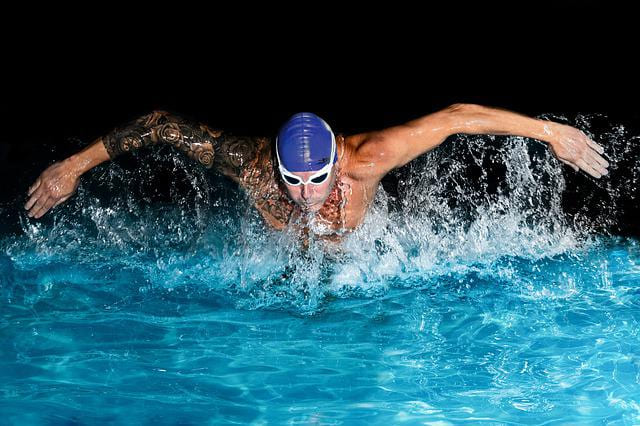
The butterfly stroke is one of the complicated swimming strokes. However, it is the most up-to-date of the four cutthroat swimming strokes — the other three are free-form, breaststroke, and backstroke.
Butterfly Arm Stroke
The butterfly stroke requires the organized development of your arms and legs to move you forward through the water.
Moreover, the stroke requires strong and adaptable shoulders since you bring your arms moving around simultaneously, dunking your hands in the water and turning through the stroke.
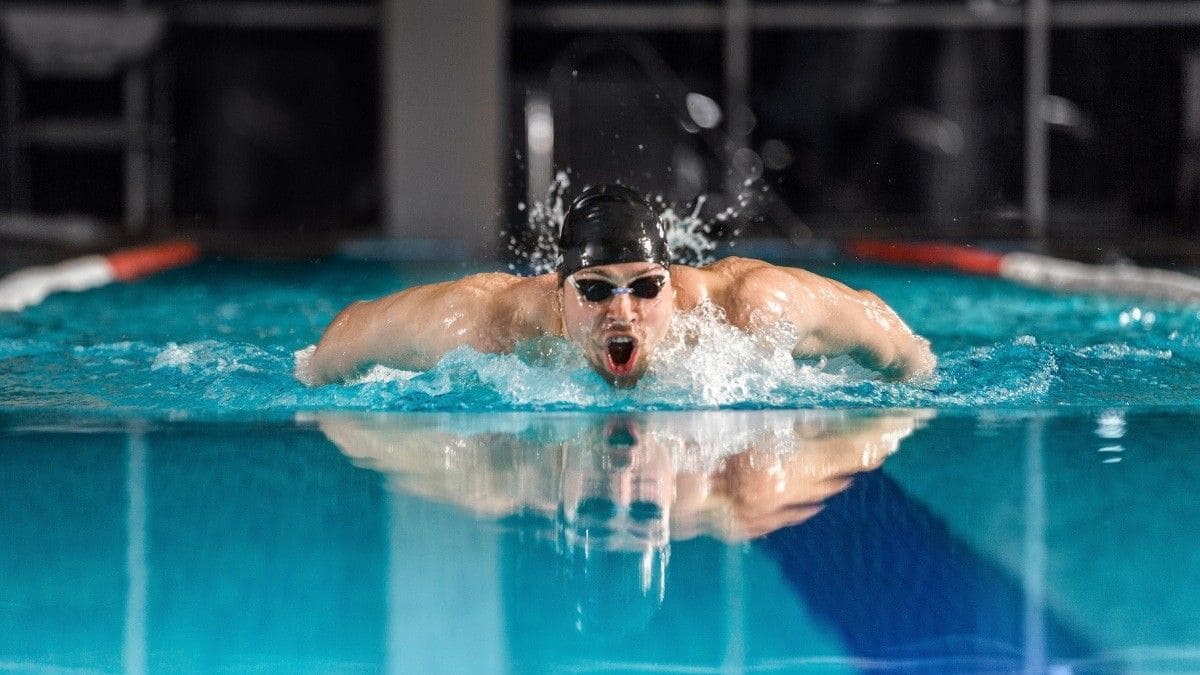
Butterfly Stroke Technique
Below are some points describing butterfly strokes.
- Make sure that your arms remain nearby your body and assist you with keeping your palms in the right direction.
- Ride the wave. While swimming butterfly, your entire body should move together in a wave-molded undulation.
- Center around relaxing. Breathing is one more testing part of the swimming butterfly strategy.
Experienced Swimmers Techniques
The best instructors can help swimmers master the butterfly stroke technique, with appropriate arm movement a d body movement.
Good Breathing:
It is one more testing part for competitive swimmers. In a perfect world, as your arms are going to break the outer layer of the water for the recuperation stage, start to shift your head back.
As the arms start to move around, you need to lift your face and start taking a speedy breath through the mouth. Then, at that point, plunge your face toward your chest to assist your arm with stroking.
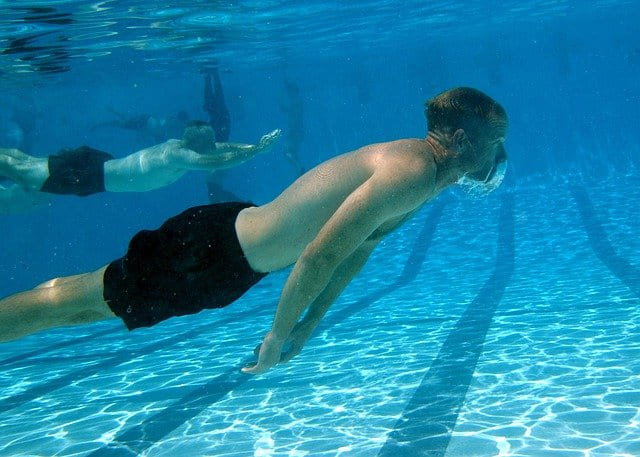
Breathe out as you play out the remainder of the stroke. Then, at that point, plunge your face toward your chest to assist your arm with stroking. Breathe out as you play out the remainder of the stroke.
Dolphin Kick:
Here is the opportunity to channel your inward dolphin or mermaid! Begin a dolphin leg kick submerged as your force dials back, keeping your arms before you, prepared to begin the propulsive stage under the water.
The primary arm pulls – to a Y shape – ought to be planned while the body is still somewhat lowered, however, lined up with the water surface.
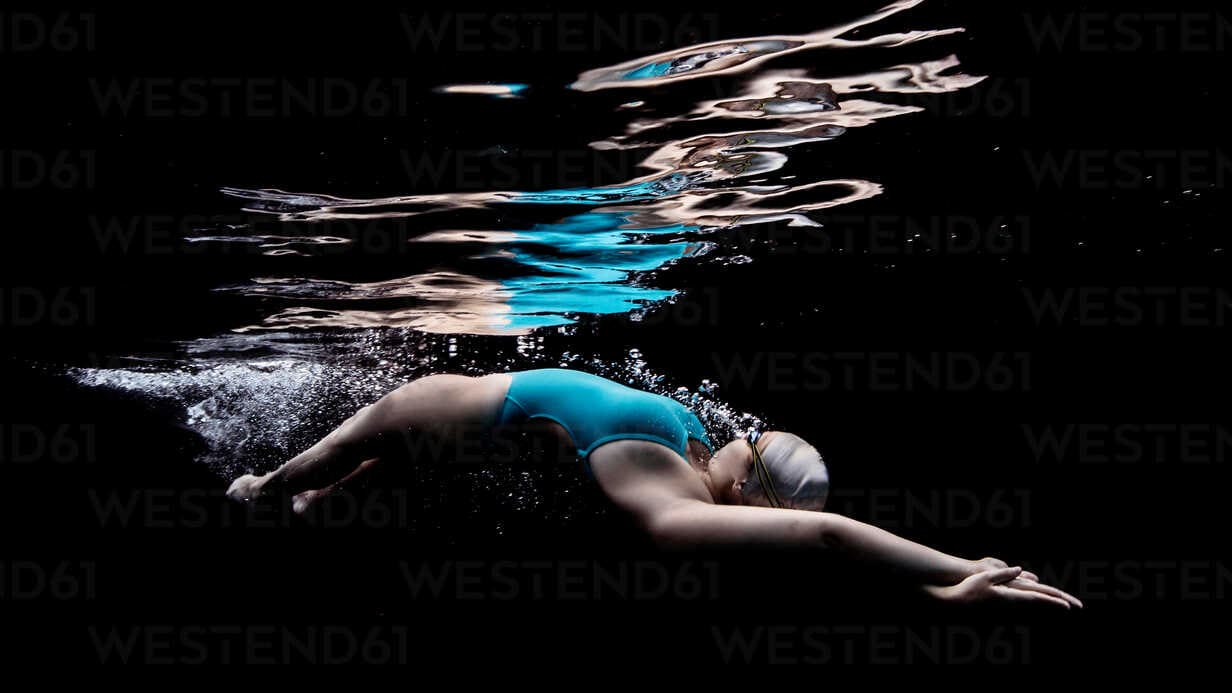
Arm Stroke:
This slight/enormous kick design is fundamental, and the swimmer can rehearse it freely to foster the required two-kick framework.
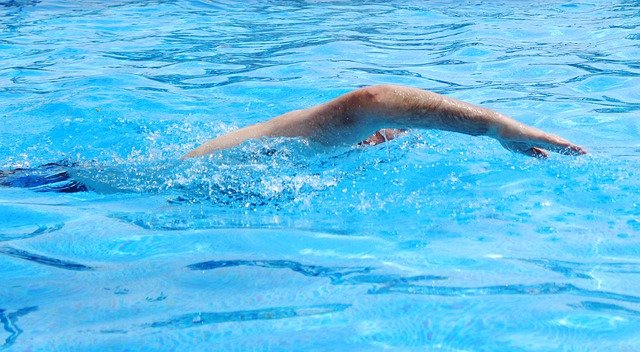
Body Position
Skim through the water’s surface underneath, and don’t allow your head or legs to go over your arm. To guarantee you are extracting the most from your time in the pool.
How to Workout Safely When Swimming Butterfly To Avoid Injury?
A protected and viable activity plan requires a legitimate procedure, yet you should change any activity to accomplish the best outcomes.
Guarantee that your weight gives you unlimited oversight of your body while moving. If you regularly play out a workout, investigate your muscles to avoid muscle shortcomings.
Furthermore, to keep a sound way of life and learn basic skills from swimming lessons to consolidate a solid warm-up everyday practice, rest, and sustenance.
Fundamental Technique Tips
The butterfly is an earnestly requesting stroke requiring a decent method and solid muscles. While learning butterfly stroke, most swimmers will generally swim in an overstated wave design. They pull their heads straight up to inhale and plunge.
It prompts a ton of squandered exertion. While breathing and getting through the water, your spotlight should continuously be on swimming advances.
While breathing, guarantee your head isn’t more than three inches (6 cm) from the water. You will compel yourself up as opposed to pushing ahead. You should have the option to kick your center.
Try not to twist the knee. The force of butterfly kicks starts in the thighs and centers, not the calves. A stroker can’t raise the arm as hard as could be expected.
While it might ease protection from your arms, it can likewise change your body’s situation from vertical in the water to horizontal.
Fix your legs and begin a dolphin leg kick submerged as your energy dials back, keeping your arms before you, prepared to start the propulsive stage under the water.
Butterfly Stroke – Warnings
You can swim up to 50 meters (14.0 ft). However, running all day does not benefit butterflies because it may hurt the knee muscles, essential parts of butterflies that don’t bend.
Butterfly strokes are tiring. Avoid overeating and eat before swimming for the sake of prevention of cramps.
In competitive situations, keep touching your opponent with two hands when he hits the wall. You are now revoked from this if you don’t feel your hands. Also, take a turn.
Frequently Asked Questions
What’s the point of butterfly stroke?
The exercise challenges the core muscle and body to maintain balance as the hands and legs move simultaneously. In addition, your upper back muscle works your upper body and arms. You can also raise your head.
Is butterfly the most complex stroke?
Learn proper swimming the hardest of the four strokes. In the opinion of many swimmers, the butterfly is the most challenging stroke to perform.
The swimmer should have muscular strength across multiple areas for the butterfly’s efficient and smooth movements.
Is the butterfly the most effortless stroke?
Butterflies. For someone who doesn’t swim professionally, this butterfly can be scary. However, it is a simple yet rugged stroke that requires severe strength and speed. It burns about 820 calories per hour.
Bottom Line
The butterfly stroke is often used in competitive swimming as it is highly efficient.
The kick should be robust and focused on the up-and-down motion, not the side-to-side movement, and the head should be kept in line with the body.
Finally, it is essential to exhale fully and evenly throughout the stroke. Following these critical points, swimmers can swim butterfly strokes with greater efficiency and power.

